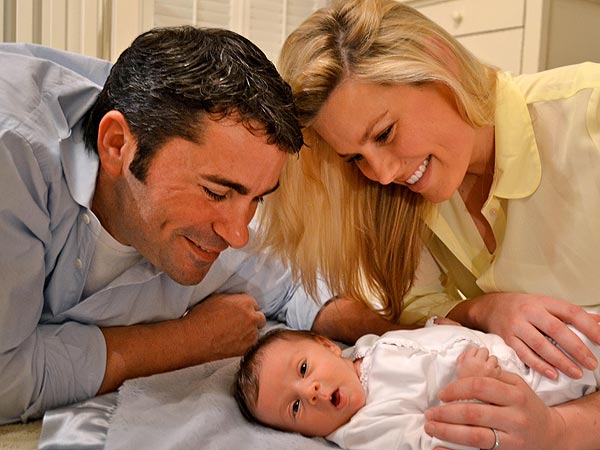When Los Angeles City Councilman Bill Rosendahl decided in October to retire and focus on battling cancer, he anointed Mike Bonin, his longtime chief of staff, as his preferred successor.
The March 5 primary election now seems Bonin's to lose.
Of four candidates seeking to represent Council District 11 — which includes Brentwood, Mar Vista, Venice and Westchester — Bonin has raised the most money ($380,000, including matching funds, more than four times the amount amassed by his nearest rival). The self-avowed "progressive activist" has also received hundreds of endorsements from politicians, business and labor leaders, environmental groups and residents.
"He's smart, he's a doer, and he's solution-oriented," said Austin Beutner, a conservative businessman and former mayoral hopeful who recently held a meet-and-greet event for Bonin in Pacific Palisades. "He's not an ideologue."
Bonin's three opponents — Frederick Sutton, 28, a part-time bartender and community activist; Tina Hess, 52, a prosecutor with the city attorney's office; and Odysseus Bostick, 36, a Westchester teacher and parent — all acknowledge the financial leader's sizable edge. But they say they're fed up with pothole-riddled streets, homeless encampments and out-of-control municipal expenditures. Bonin, they say, represents a politics-as-usual bureaucracy that has turned the City Council into what Sutton calls "a merry-go-round of lifetime politicians."
Having received $87,000 in donations and matching funds, Sutton sees his immediate goal as keeping Bonin from getting the simple majority of votes needed to seal victory in March. "Once you get into a runoff," Sutton said, "suddenly everything changes."
On the stump, Bonin, who will turn 46 next month, sounds savvy and confident. He has unveiled plans to make Los Angeles more employer-friendly (extend the Internet tax exemption for Silicon Beach companies, support tax credits and reduce red tape for film operations) and to improve residents' access to City Hall through regular community meetings and technology ("Hikes with Mike" and "Mayberry meets the iPhone")
After receiving his bachelor's degree in U.S. history at Harvard University, Bonin worked as a newspaper reporter before entering politics. The Massachusetts native moved to the Los Angeles area in the early 1990s. He lives in Mar Vista with his partner, Sean Arian, a consultant.
A Gold's Gym regular who eats mostly raw foods, Bonin sports five tattoos, including a recycling symbol on his left shoulder that serves partly "as a symbol of getting sober and taking a life that had been trash and making it productive again." After long overdoing it on drugs and alcohol, Bonin said, he has been sober for 18 years.
The diverse Westside sector he seeks to represent is rife with vocal activists and hot-button issues: congestion, transit construction, an imbalance between jobs and housing, transients and the modernization of Los Angeles International Airport. Like Rosendahl, Bonin opposes separating the northern runways but is all for updating the airport.
Bonin said his 17 years in public service have prepared him.
He first worked in city government as legislative deputy, district director and deputy chief of staff for former Councilwoman Ruth Galanter. He then became deputy chief of staff and district director for Rep. Jane Harman, who represented many 11th district neighborhoods before retiring from Congress. He has been Rosendahl's chief deputy since 2005.
Elected in 2005 and 2009, Rosendahl, 67, was favored to win a third and final term before being diagnosed with advanced cancer last summer.
Bonin said he has been inspired by his boss' spirit and resilience after months of grueling cancer treatments. "He's got the level of energy back that most of the staff finds exhausting to be around," Bonin told a group of elderly residents one recent afternoon.
Marcia Hanscom, a wetlands activist, said she endorsed Bonin after hearing his ideas for bringing government closer to the people and promoting nature in the city.
"He's got good values and instincts, and he also knows the inner workings of City Hall and its bureaucracy," she said in an email. "If he does as he says — getting and staying close to the constituents — he will not be so captured by City Hall as some think he is."
martha.groves@latimes.com
Times researcher Maloy Moore contributed to this report.











